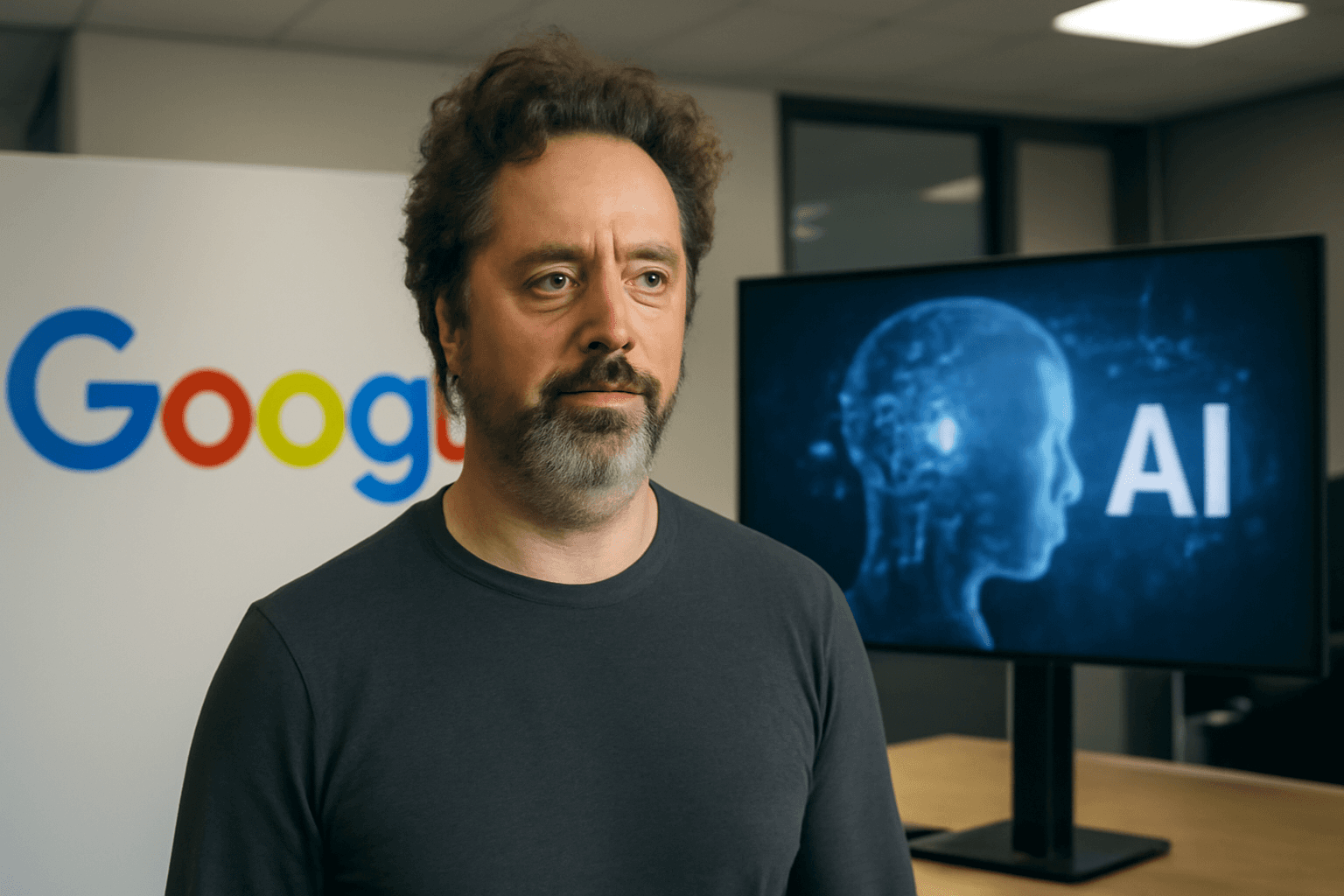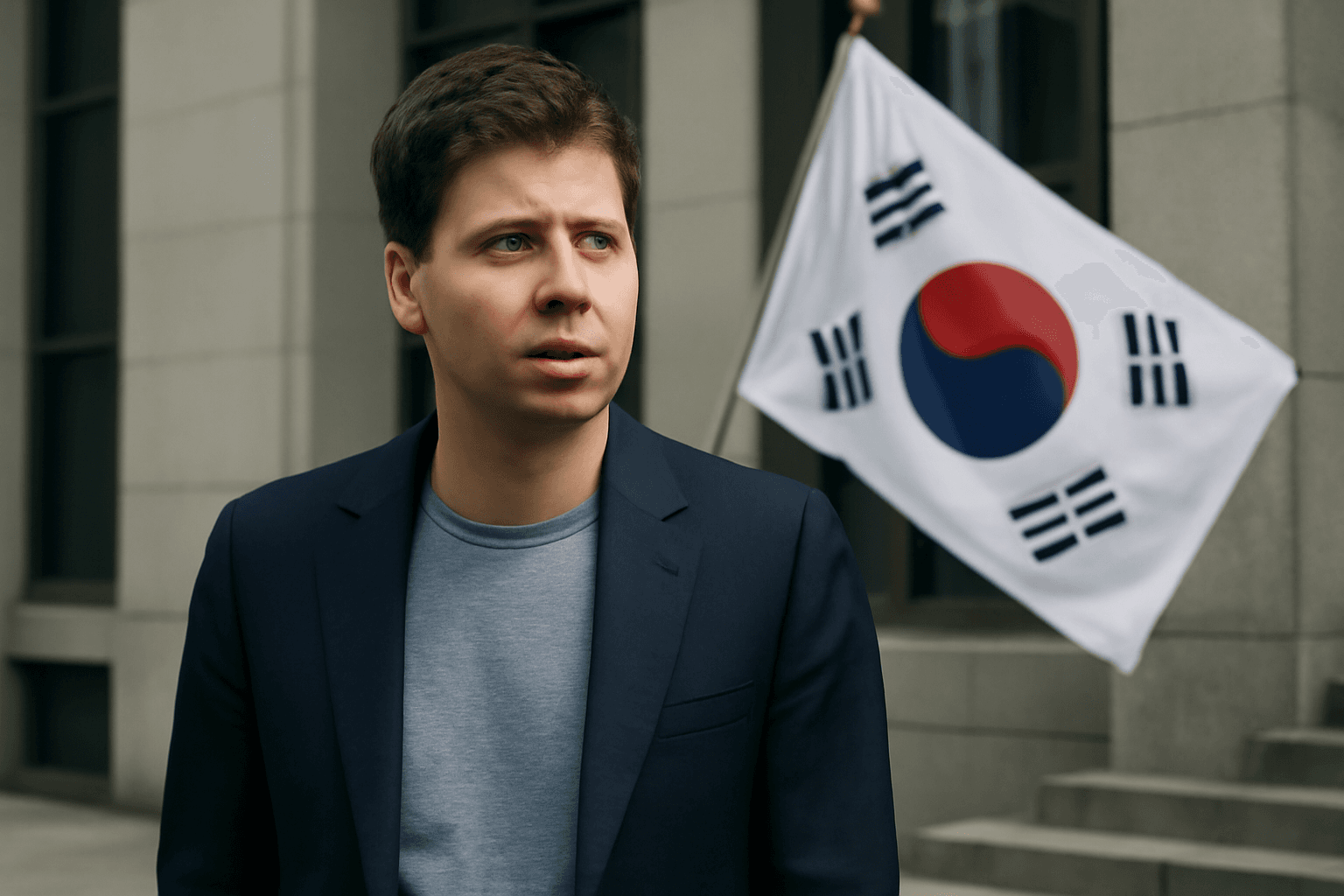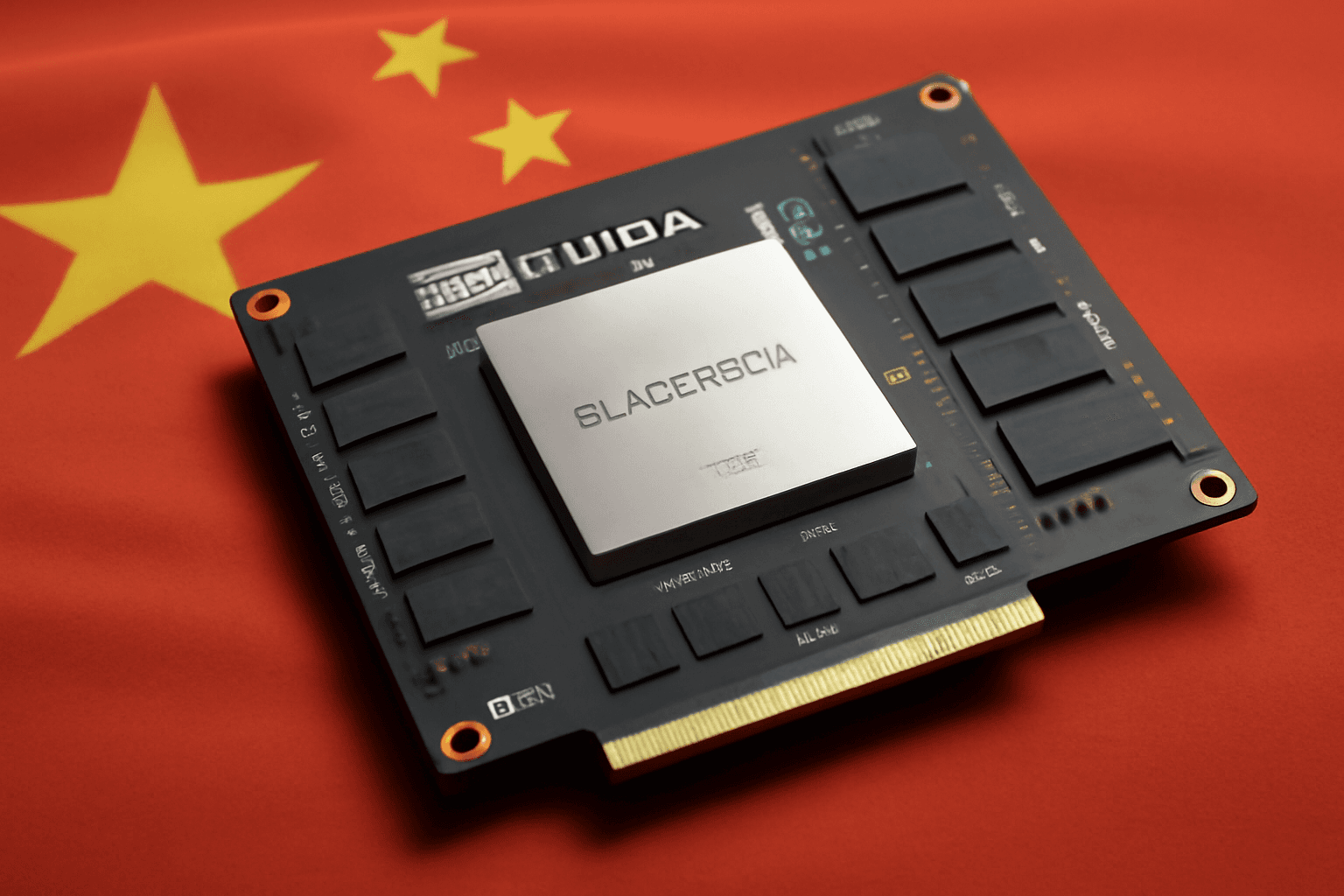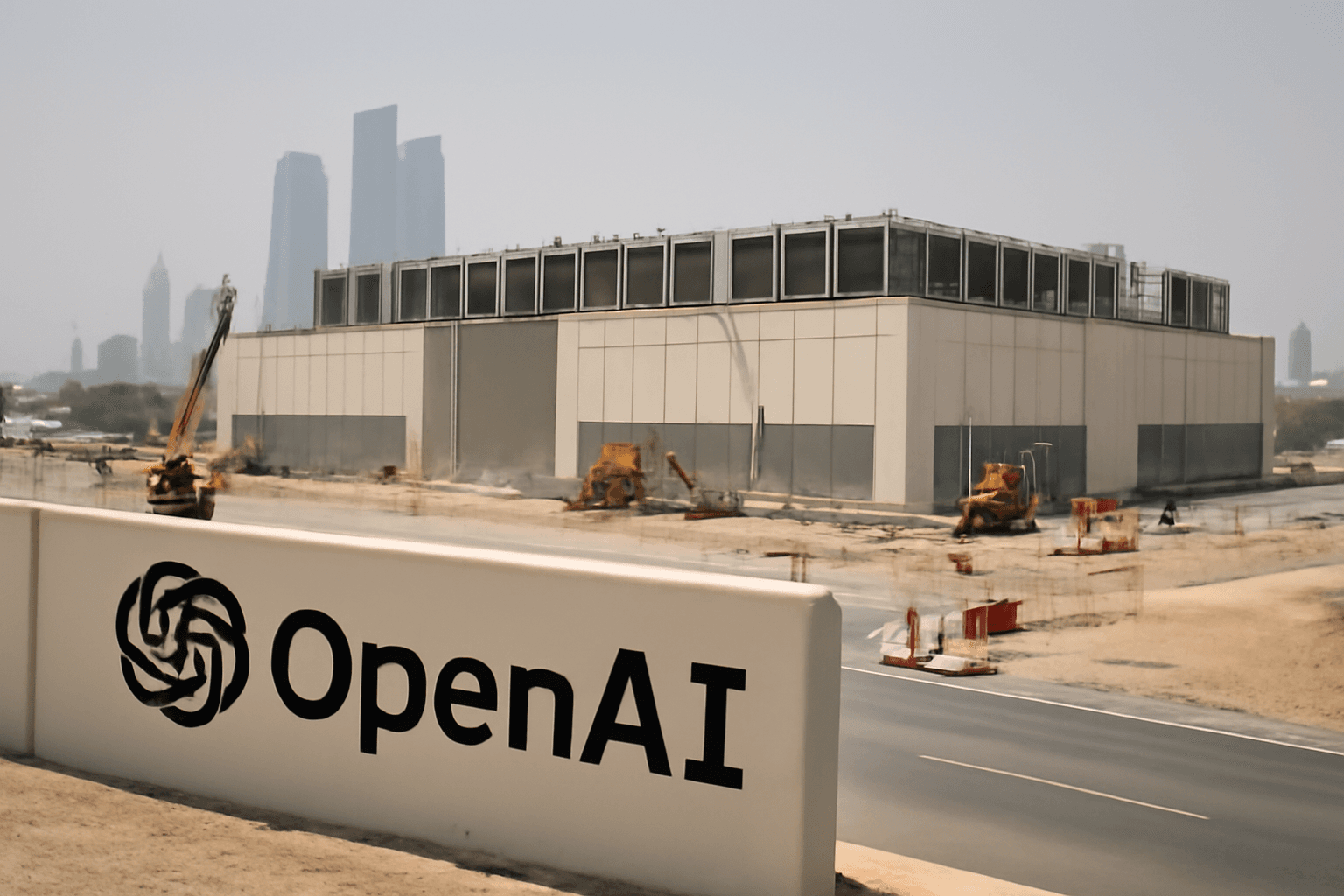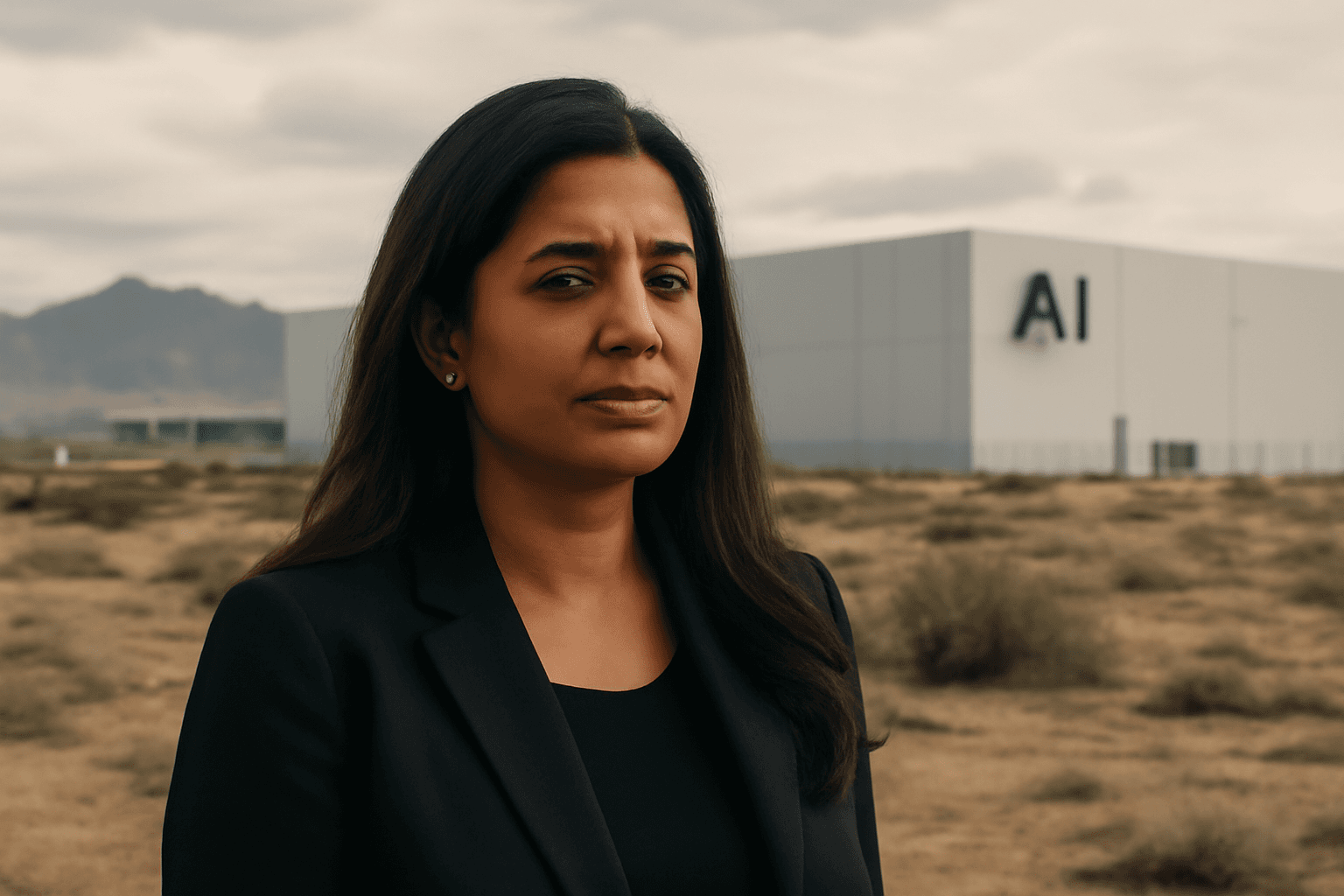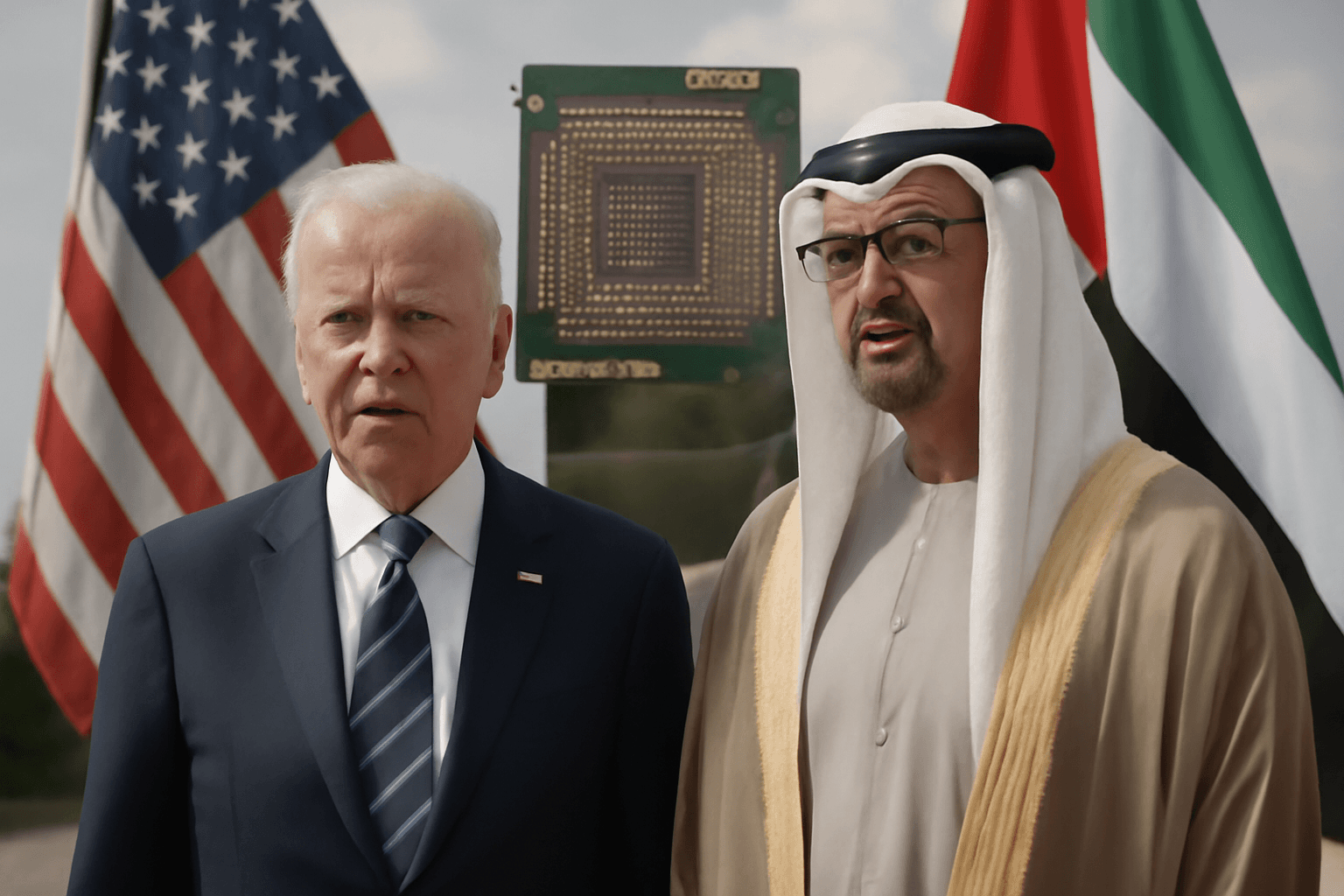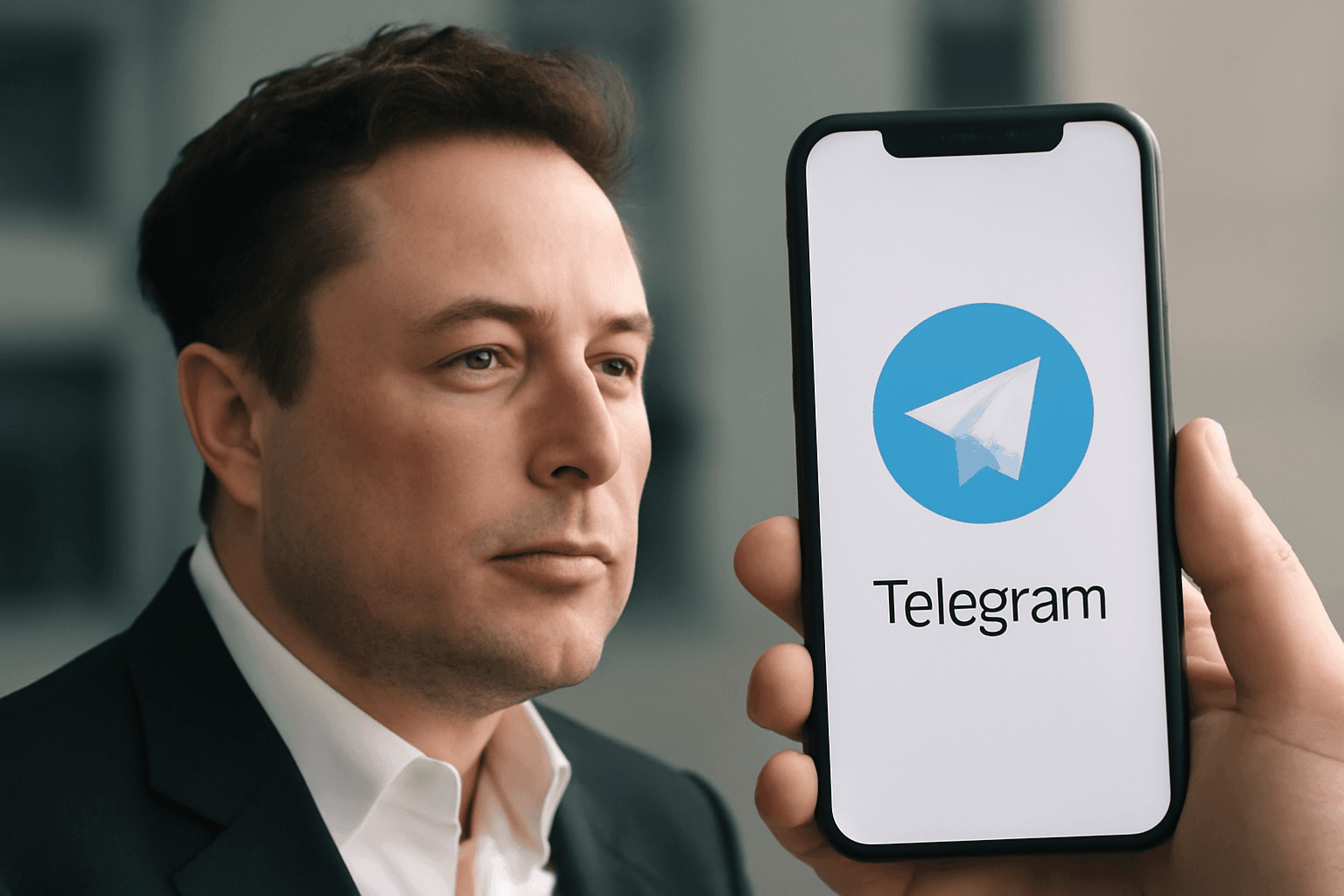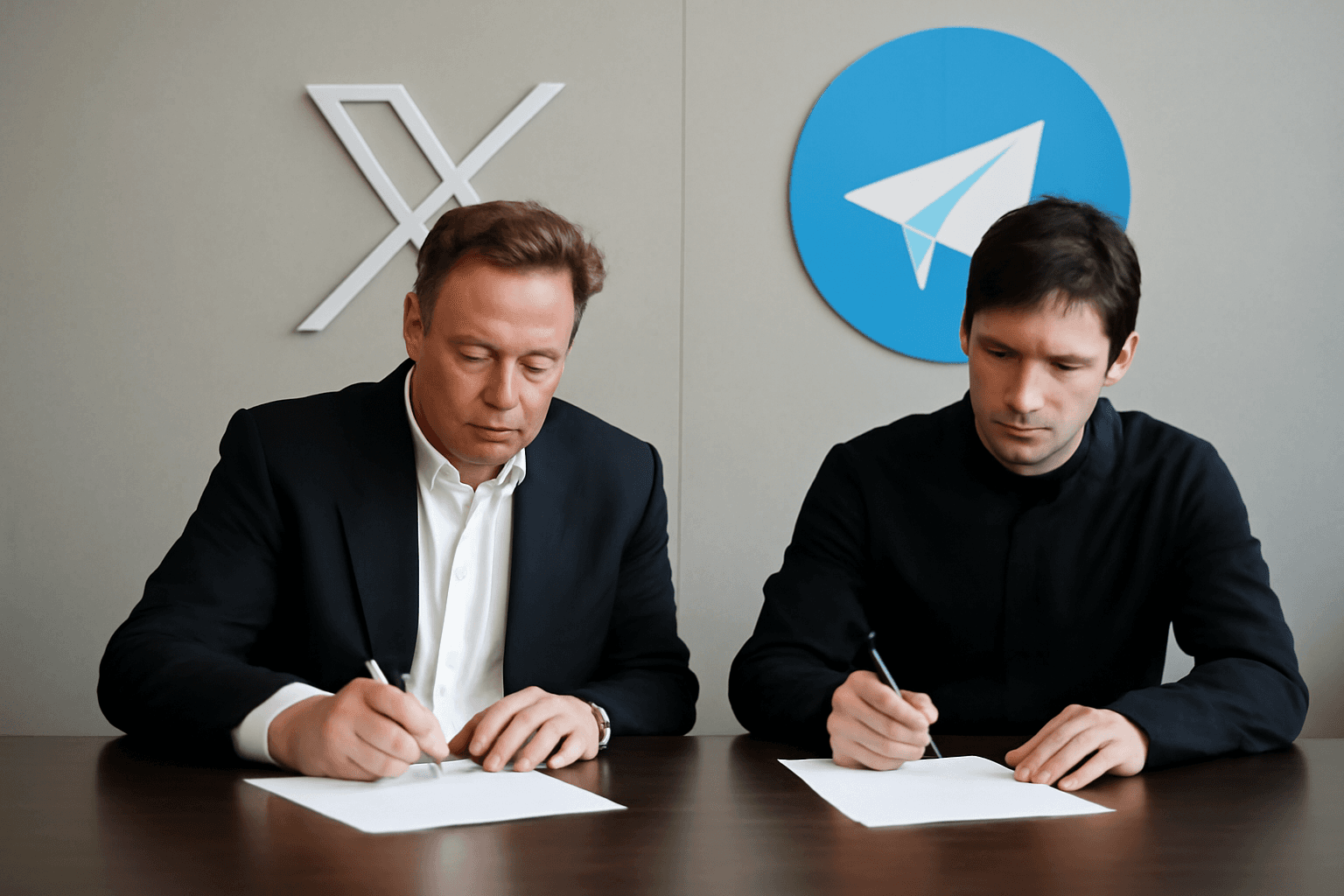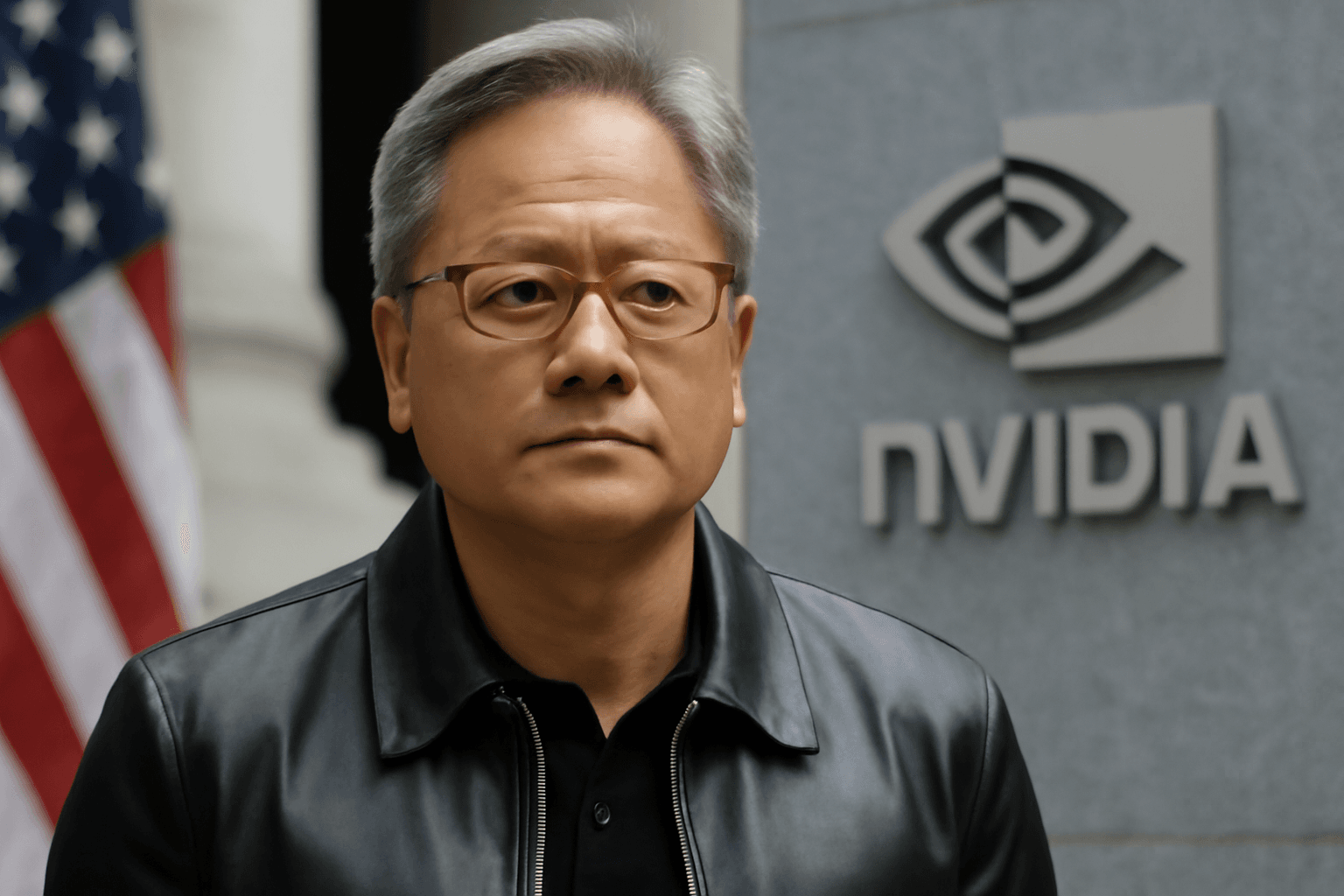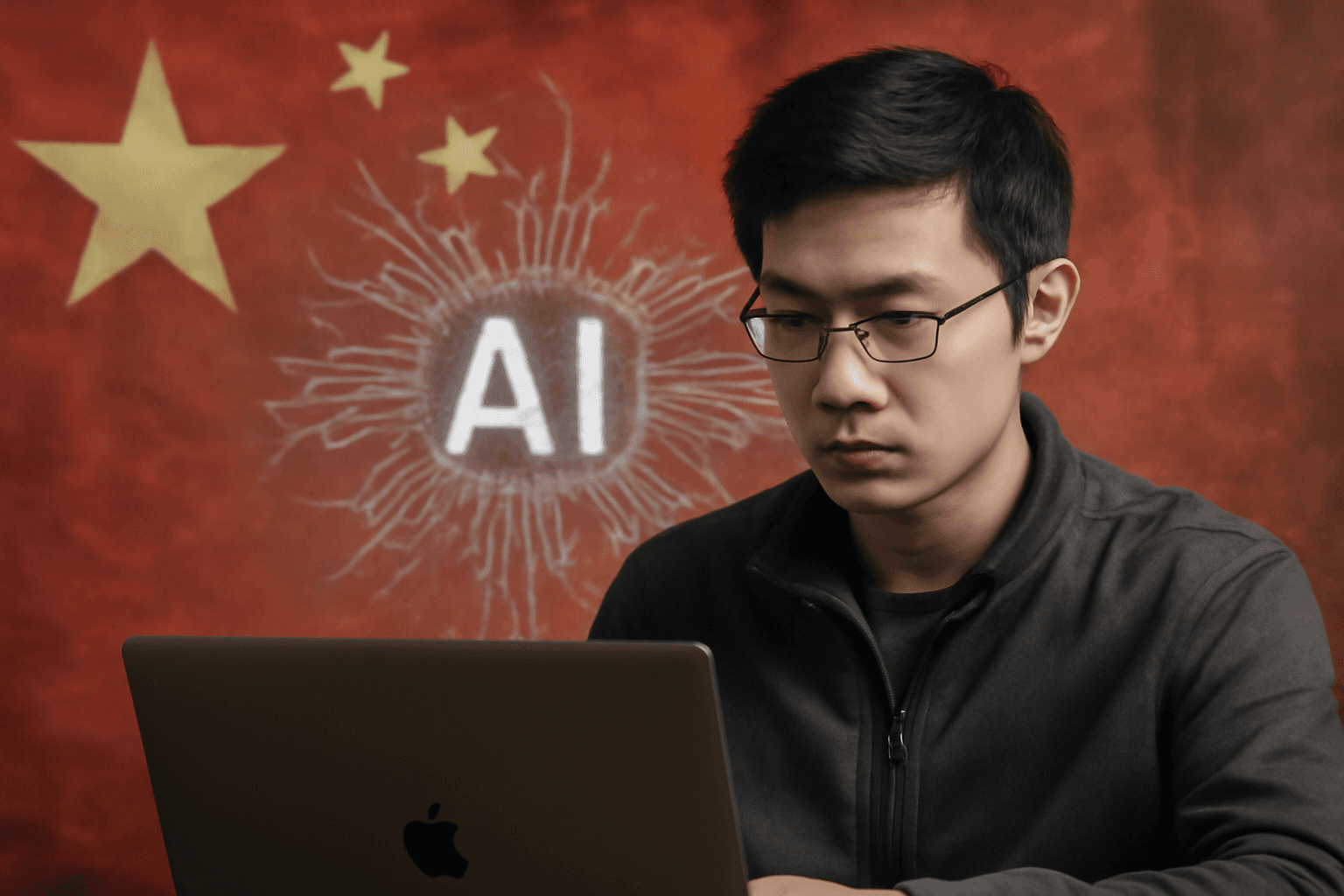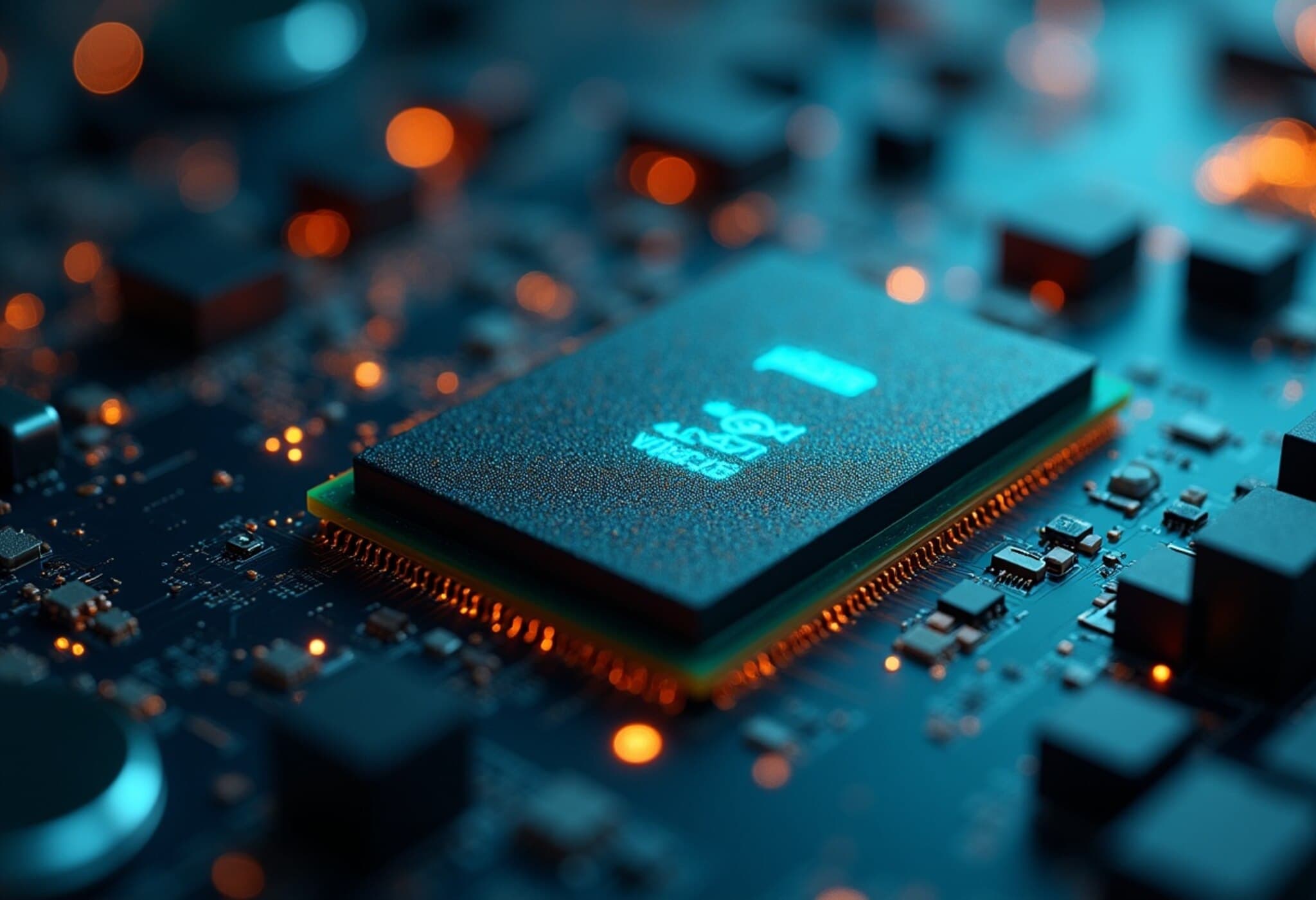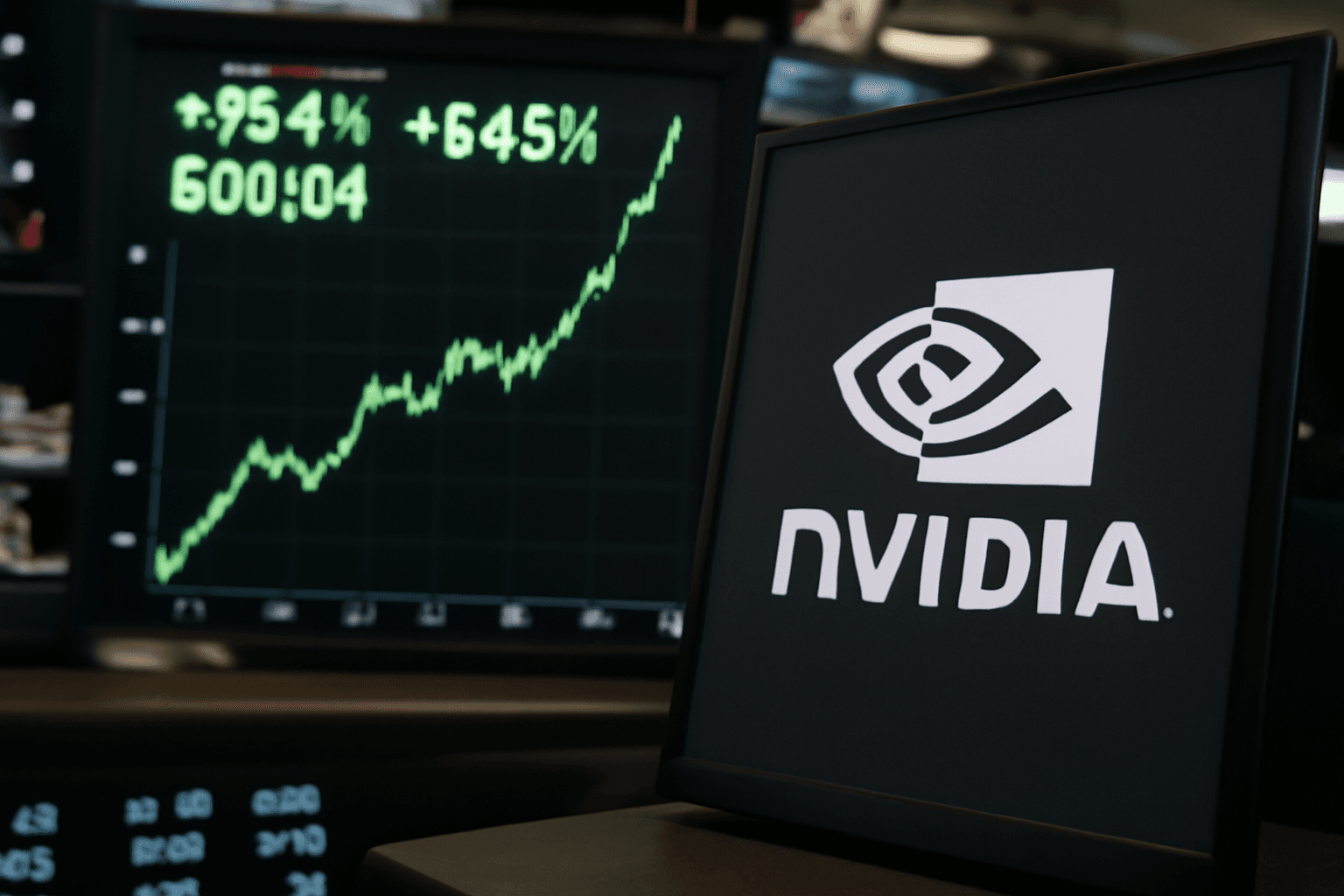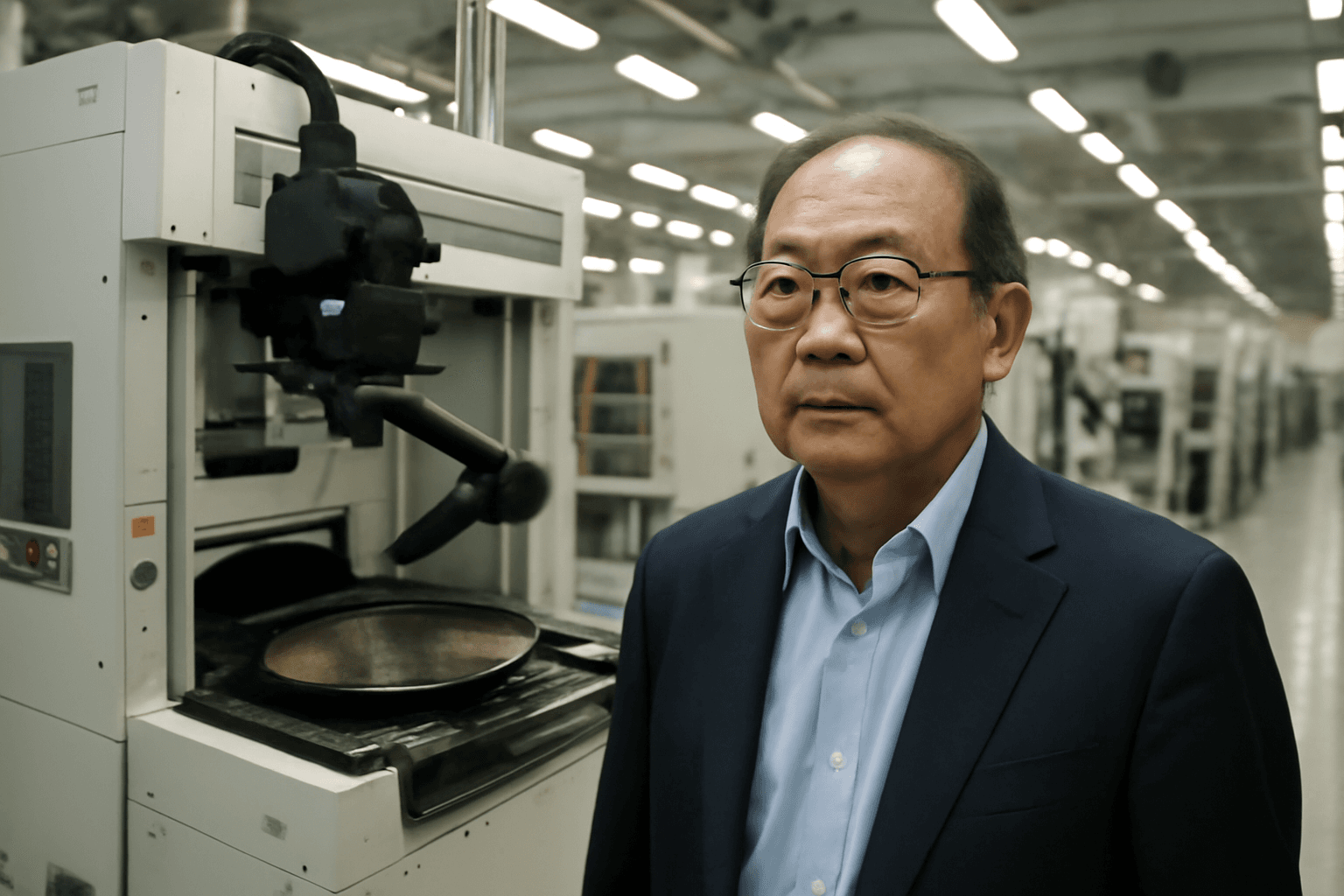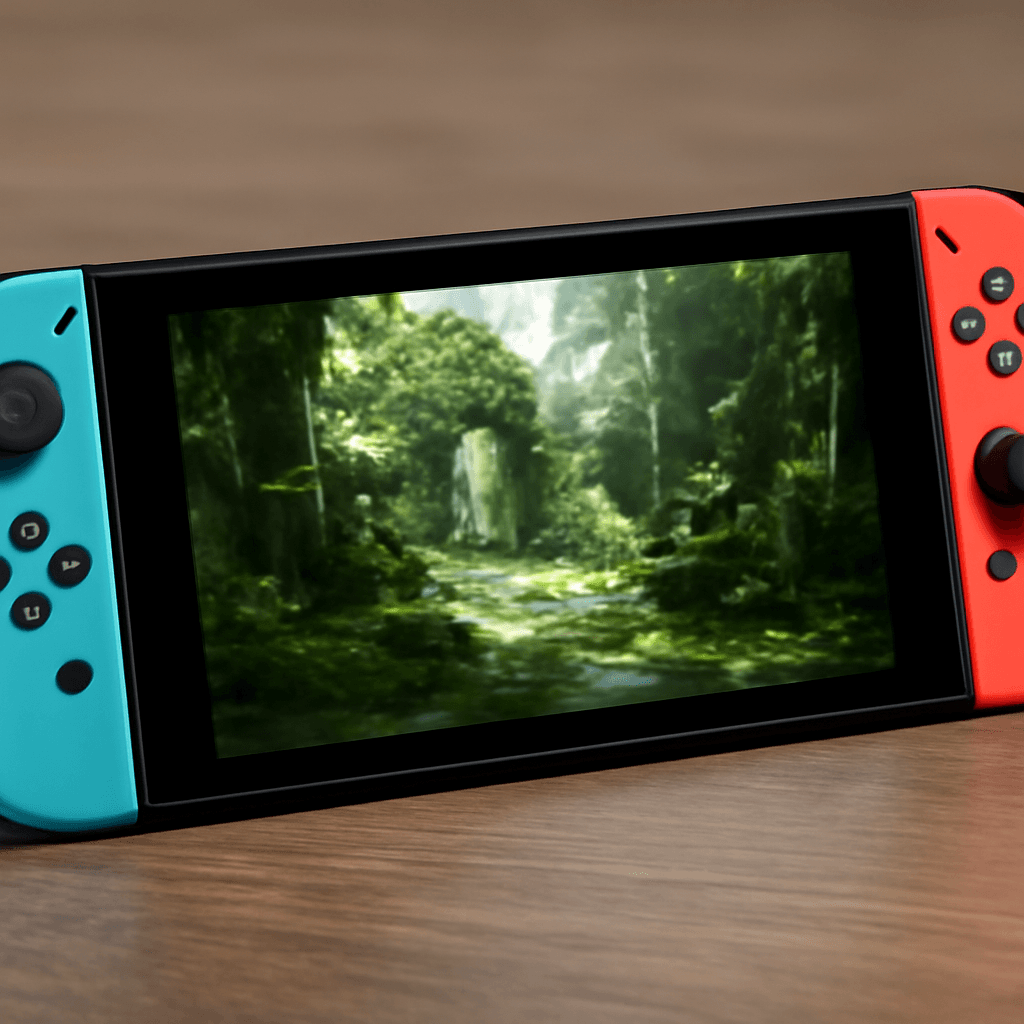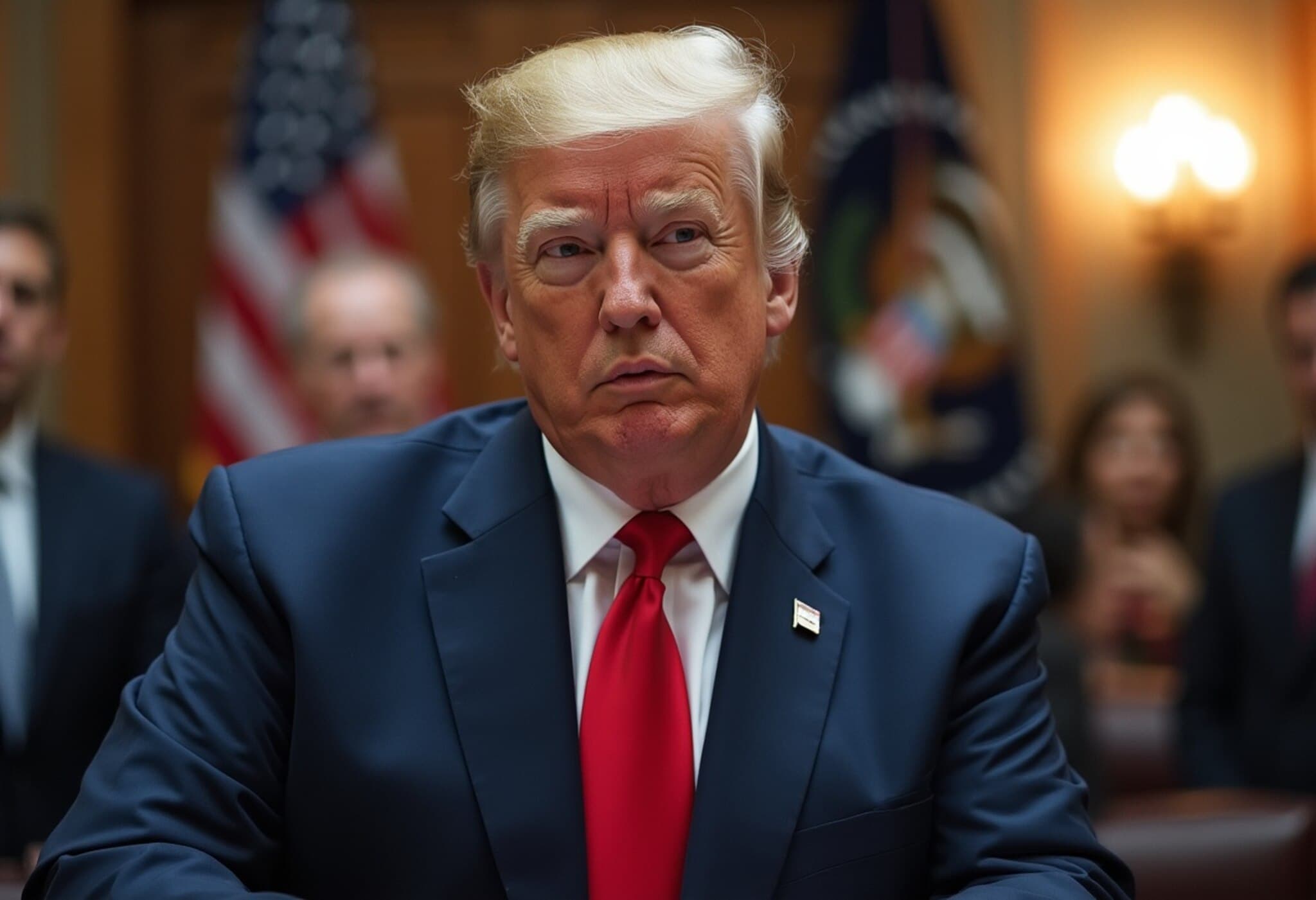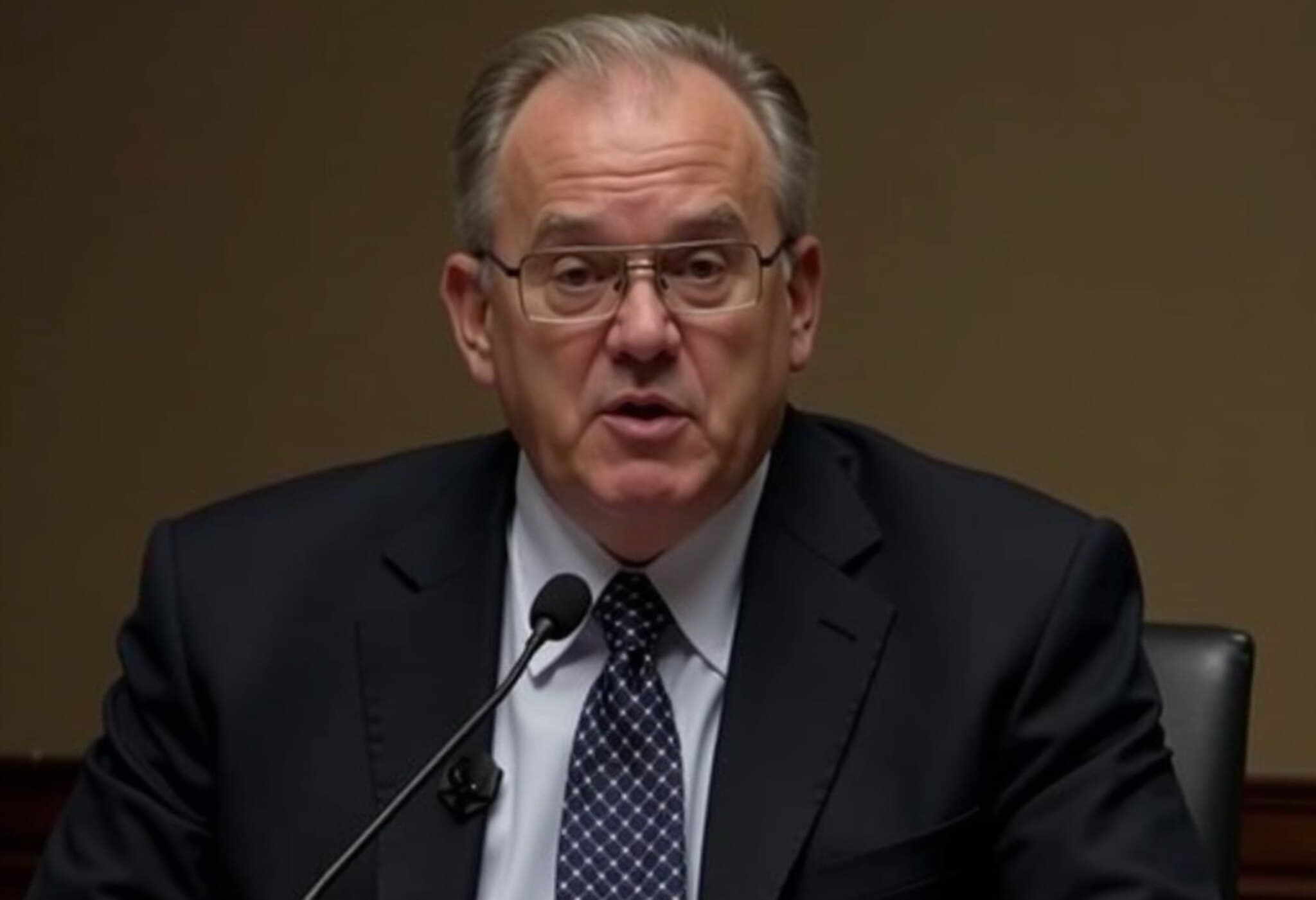Nvidia CEO Jensen Huang Commends Chinese AI Innovation at Beijing Expo
In a significant statement that underscores the evolving dynamics of global artificial intelligence development and US-China trade relations, Nvidia’s CEO Jensen Huang recently praised Chinese AI models as “world class”. Delivered during the opening ceremony of the third China International Supply Chain Expo in Beijing, Huang's remarks come just a day after Nvidia announced it would resume sales of its sought-after H20 AI chips to China after a temporary export halt.
Celebrating Open-Source AI: A Catalyst for Global Progress
Huang specifically highlighted China’s embrace of an open-source approach to artificial intelligence, contrasting this with the more guarded, proprietary development strategies typically favored by US firms. He pointed to major Chinese AI efforts, including platforms like DeepSeek—the open-source model previously banned by the US—alongside Alibaba’s AI systems, Tencent’s AI offerings, MiniMax, and Baidu’s Ernie bot.
“These models, developed and openly shared here, have ignited AI advancement worldwide,” Huang said. This open accessibility, he explained, encourages cross-border innovation and democratizes AI capabilities across industries, allowing countries globally to partake in the AI revolution.
Supporting this, Huang noted that over 1.5 million developers in China actively build on Nvidia technologies, powering popular consumer apps such as Tencent's WeChat, Alibaba’s Taobao, ByteDance’s Douyin, and Meituan’s delivery platforms. This data underscores China’s deep integration of AI into everyday digital life and commerce.
Resuming H20 Chip Shipments Marks a Milestone in US-China Trade Relations
The resumption of Nvidia’s H20 AI chip deliveries to China marks a pivotal moment amid ongoing, complex trade tensions between Washington and Beijing. Sales of these chips were suspended in April after new US export rules tightened technology control standards. However, Huang expressed optimism when he told media on the expo sidelines, “I have been assured that the licenses will come very fast. There are many order books already in.”
This development aligns with broader easing of high-tech export restrictions between the two superpowers, following recent trade discussions held in London. US Commerce Secretary Howard Lutnick confirmed these moves as part of wider negotiations focusing on rare earth exports and technology trade measures.
Huang’s visit to China this year—the third in 2025 alone—speaks volumes about Nvidia’s commitment to maintaining strong ties with the crucial Chinese market despite political headwinds. For Nvidia, China remains an indispensable landscape for AI innovation and growth.
Deeper Context: What Does This Mean for the Global AI Race?
Huang’s endorsement added a nuanced layer to the oft-contentious narrative surrounding US-China technology competition. While political and economic frictions persist, his comments highlight the vital role of collaboration and open-source innovation as accelerators in the AI ecosystem.
Moreover, the acknowledgment of China’s contribution dispels stereotypes that Chinese AI development lags behind Western counterparts. Instead, it positions Chinese models as formidable players shaping global AI trajectories. This recognition may prompt policymakers and industry leaders to reconsider strategies balancing national security with fostering technological progress and cooperation.
Underreported Perspectives and Remaining Questions
- How will US policy evolve to balance export controls with innovation collaboration?
- What safeguards exist to prevent dual-use concerns from open-source Chinese AI technologies?
- How might Chinese AI innovations influence standards for ethical AI development internationally?
Editor’s Note
Jensen Huang’s candid praise of Chinese AI models coupled with Nvidia’s resumption of H20 chip exports signals a subtle but important shift in the global technology landscape. It reminds us that amidst geopolitical tensions, technology development often transcends borders, fostering interconnected innovation ecosystems. For readers and policymakers alike, this moment invites reflection on the balance between protecting national interests and embracing the shared advancement that open-source AI can offer. As this story develops, keeping a close eye on how export policies and AI ethics evolve will be key to understanding the future trajectory of international tech collaboration.
— The Tech Policy Analysis Desk


